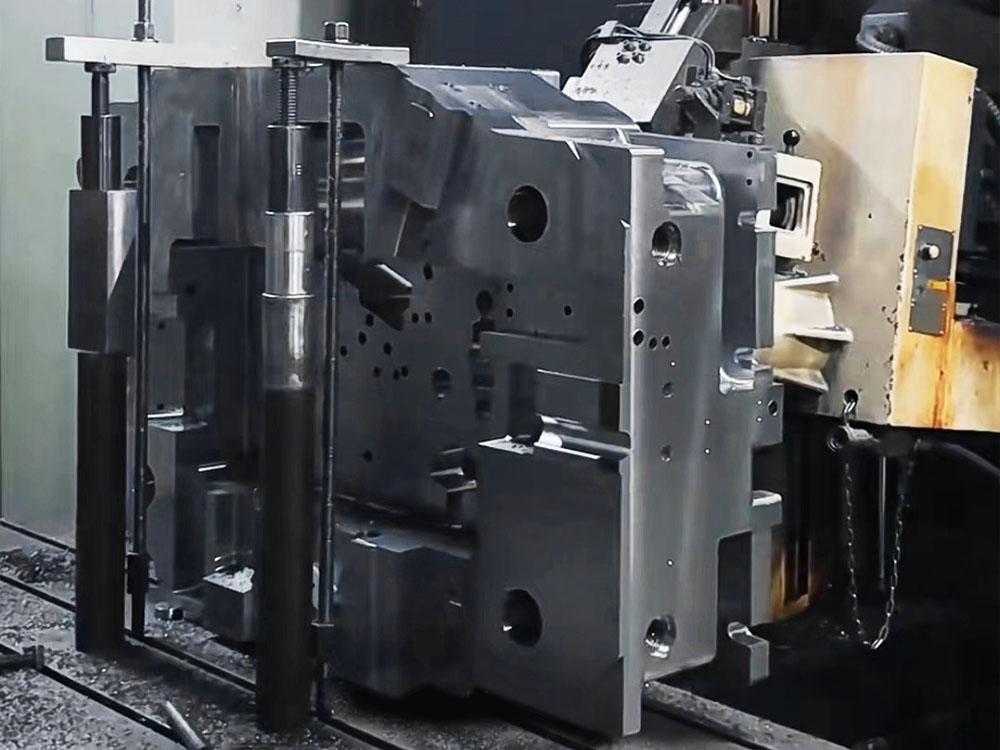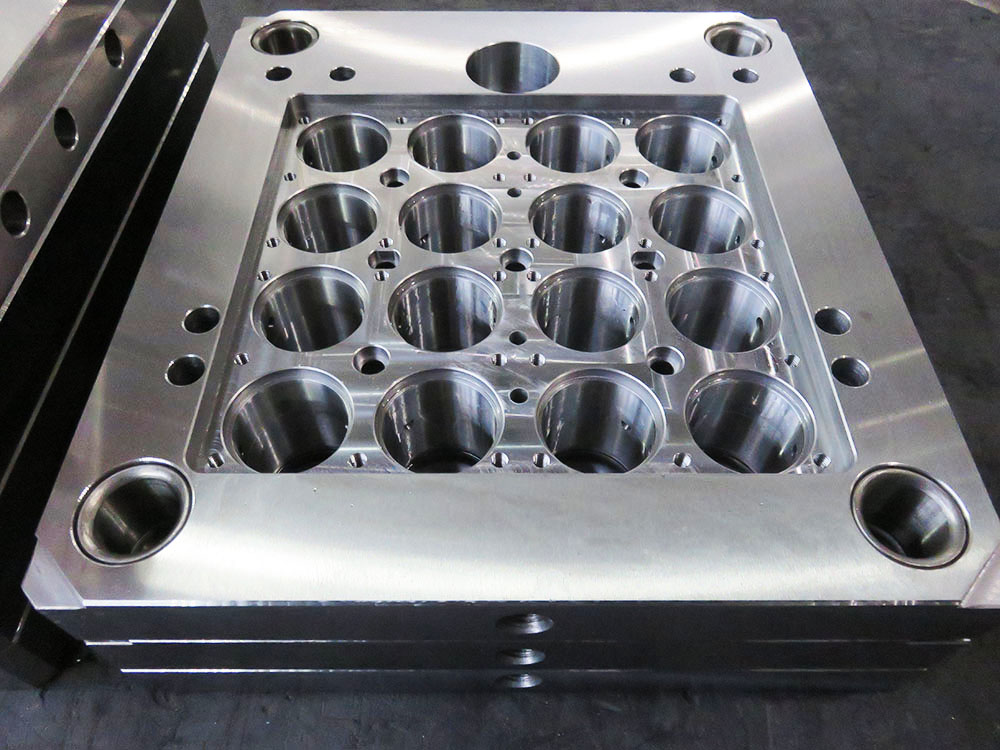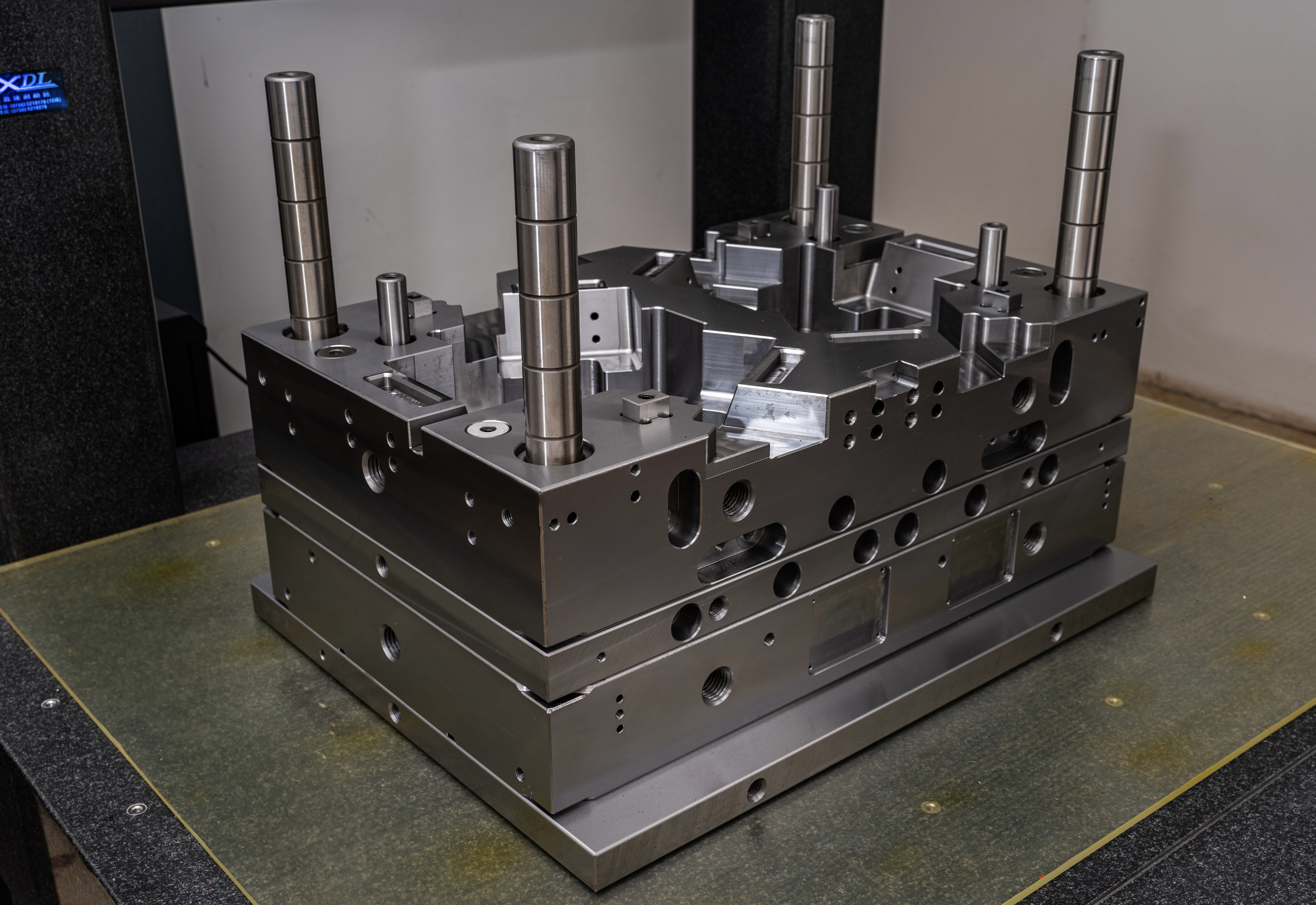How to Read the Standard Mold Base Model Chart
In the mold base industry, it is essential to have a clear understanding of the Standard Mold Base Model Chart. This chart serves as a valuable tool for mold designers, engineers, and manufacturers to communicate and select the appropriate mold base for their specific requirements. In this article, we will discuss how to read and interpret the information presented in the Standard Mold Base Model Chart.
1. Identification of Mold Base Types
The first step in reading the Standard Mold Base Model Chart is to identify the different types of mold bases. The chart typically includes various mold base types such as standard, automatic, precision, and custom mold bases. Each mold base type is assigned a specific code or designation, making it easier to locate and select the desired mold base.
2. Understanding the Dimensions
The Standard Mold Base Model Chart provides detailed dimensions for each mold base type. These dimensions include length, width, height, and weight. It is crucial to understand these dimensions to ensure compatibility with the casting machines and other equipment.
3. Component Specifications
Another crucial aspect of the chart is the inclusion of component specifications. This section provides information about the components included in each mold base type. Components may include guiding elements, slide retention units, ejector pins, and cooling systems. The chart specifies the sizes, quantities, and materials used for each component, allowing users to select the appropriate mold base for their specific needs.
4. Interchangeability Matrix
The Interchangeability Matrix is an essential part of the Standard Mold Base Model Chart. This matrix illustrates the compatibility of components between different mold base types. It provides information on which components can be interchanged and which are specific to a particular mold base type. This knowledge can help streamline the mold base selection process and improve efficiency in mold production.
5. Ordering Information
The Standard Mold Base Model Chart also includes ordering information. This section outlines the process of ordering a specific mold base type. It includes details such as part numbers, delivery times, and pricing information. Mold designers and manufacturers can refer to this section to ensure a smooth and accurate ordering process.
Conclusion
The ability to read and interpret the Standard Mold Base Model Chart is crucial for professionals in the mold base industry. By understanding the different mold base types, dimensions, component specifications, interchangeability matrix, and ordering information, mold designers, engineers, and manufacturers can effectively select and utilize the appropriate mold base for their specific needs. This ensures efficient and successful mold production, ultimately leading to high-quality products and customer satisfaction.




